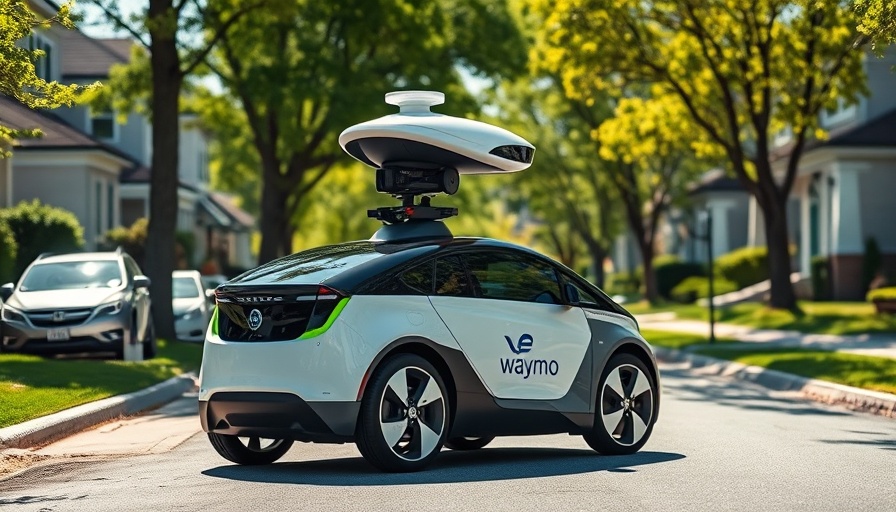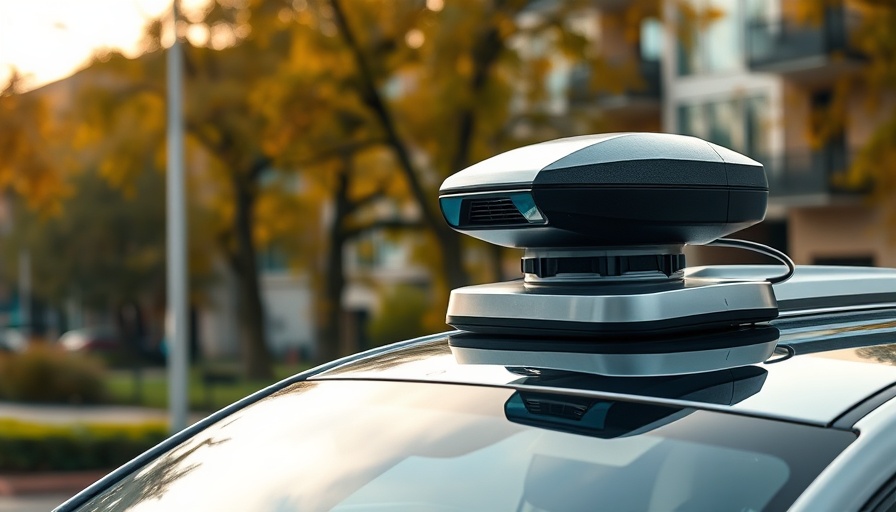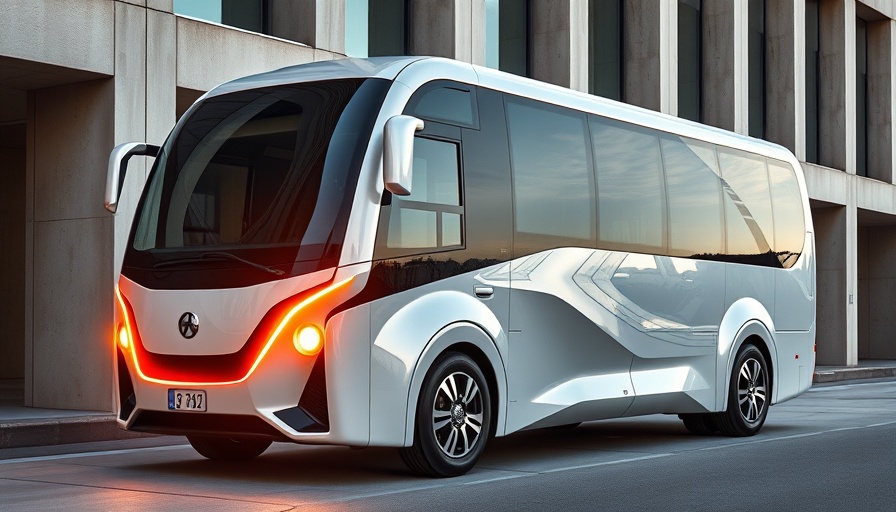
Waymo's Rapid Growth: A New Era for Robotaxi Services
In an exciting turn of events, Waymo, Alphabet's self-driving technology subsidiary, has reported a staggering doubling of its weekly robotaxi rides. From just 10,000 rides per week two years ago, the company has now surged to over 200,000 paid rides weekly as of February 2025. This remarkable increase showcases not only the company's technological progression but also the burgeoning acceptance of autonomous vehicles in urban settings.
Waymo's Expansion Across U.S. Cities
Waymo currently operates its robotaxis in major cities such as Los Angeles, San Francisco, and Phoenix. With plans to extend services into Atlanta and Austin, alongside their anticipated launch in Miami by 2026, the firm's footprint continues to grow. Each new city presents unique challenges, but Waymo's commitment to safety and data-driven development reinforces its leadership in the autonomous vehicle market.
Safety and Public Perception: Overcoming Skepticism
Despite the rapid advancements, public skepticism toward autonomous vehicles remains a significant barrier. A 2022 Pew Research Center study indicated that nearly 45% of Americans are uncomfortable with driverless cars. However, insurance data reveals a compelling narrative: Waymo's vehicles show an 88% reduction in property damage claims and 92% in bodily injury claims compared to human-driven vehicles. Such statistics not only highlight the technology's potential for enhancing road safety but also represent an opportunity to shift public perceptions.
Future Predictions: What Lies Ahead for Robotaxi Services?
As Waymo forges ahead with its expansion plans, future trends suggest that autonomous vehicles could become mainstream. The company has secured over $5.6 billion from investors, facilitating its ambitious growth while enhancing its technology through extensive data collection. With the planned launches in cities with complex infrastructures like Miami and Atlanta, Waymo is poised to address varying urban needs and preferences.
Integration with Rideshare Giant Uber
Waymo's partnership with Uber marks a significant pivot in the autonomous ridesharing landscape. While Uber manages dispatching, Waymo's fully electric Jaguar I-PACE vehicles can seamlessly integrate into urban transit systems. This collaboration could alter the ridesharing industry, offering a model for efficient, autonomous transport that resonates with future automotive trends.
Selecting the Right Technology: Waymo vs. Competitors
With competitors like Cruise shutting down their robotaxi services, Waymo's strategic advancements highlight its resilience and forward-thinking approach. Other players in the market, such as Zoox, are still in their initial phases and have no commercial operations yet, paving the way for Waymo to establish a dominant position in the market.
As the technology progresses, automotive consumers should consider how these innovations will shape their travel experiences. Understanding the learning curve associated with autonomous vehicles can cultivate a more informed consumer base ready to embrace this shift in mobility.
Embracing these automotive innovations—highlighted by Waymo's rapid expansion—ushers in an exciting future for transportation. As manufacturers begin to fine-tune their electric vehicle powertrains and autonomous systems, consumers play a pivotal role in steering the automotive industry's next chapter.
If you're intrigued by how autonomous vehicles and future automotive trends will transform urban mobility, stay tuned. The journey is just beginning, and it promises to reshape the roads we travel.
 Add Row
Add Row  Add
Add 




Write A Comment